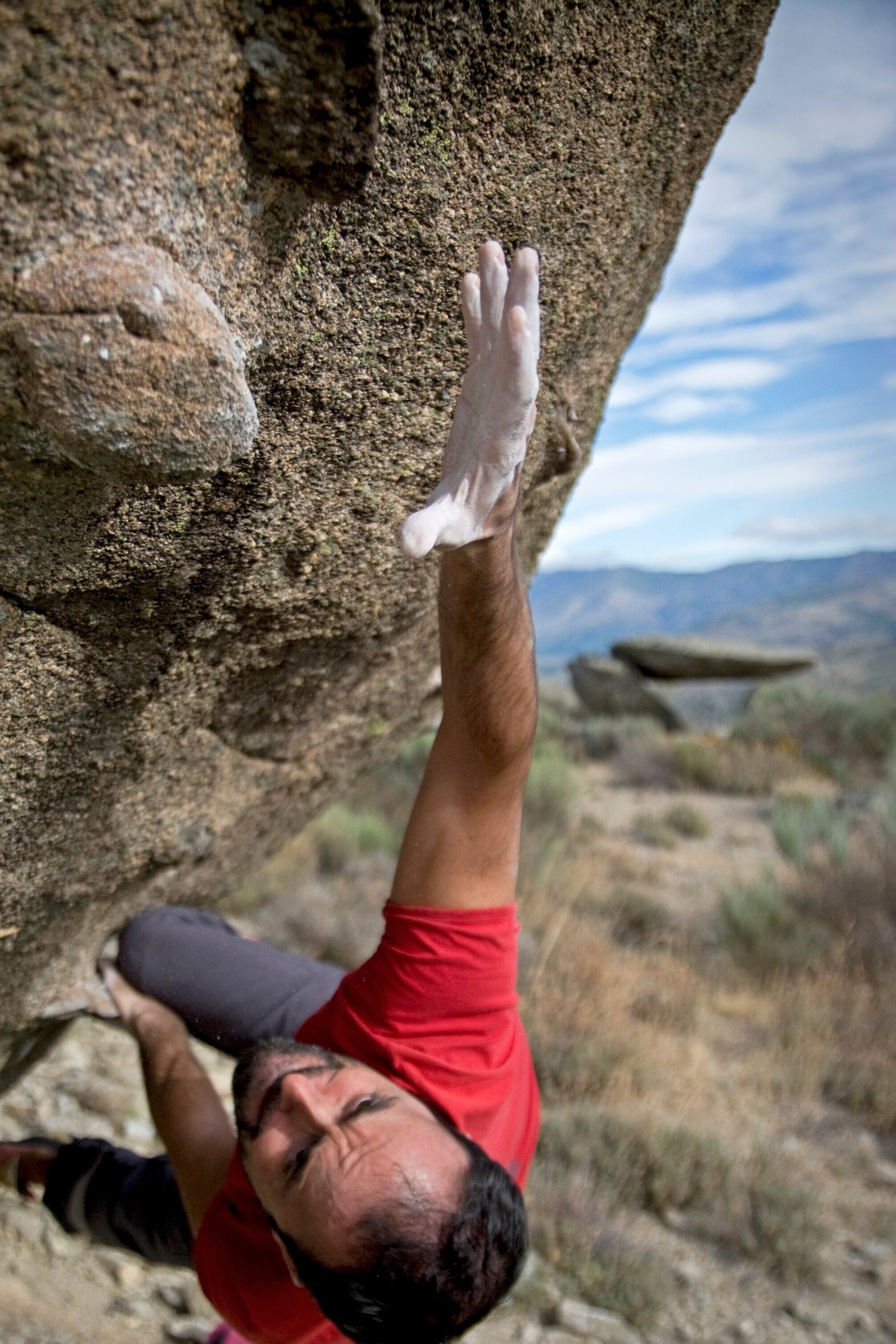Rock climbing remains one of the most popular outdoor sports in Colorado and the United States with over 10 million participants each year. On average, climbers experience 4-5 injuries per 1000 hours of climbing participation or 1-2 unique injuries per career. Over 90% of these injuries are overuse in nature commonly involving muscles, tendons, and ligaments involved in common climbing movements. Commonly injured sites include the finger, shoulder, elbow, and lower back. Many climbers have incorporated strength training into their climbing workouts to both reduce their injury risk and improve climbing performance. A recent study examined which muscle groups are most important for climbing performance.
Deyhle and colleagues in the Journal of Strength and Conditioning Research published an interesting study on the importance of 4 common rock climbing muscle groups on performance (2015). They studied the muscle activation of the finger flexors, shoulder adductors, elbow flexors, and lumbar flexors on a known climbing route to each participant. Each climber was randomized to one of two conditions for each muscle group prior to climbing the route. One condition was control and the other required the climber to pre fatigue the a randomly selected muscle. Each climber completed 5 separate testing days and their performance on the climb was assessed for each condition and each muscle group. As expected, endurance of the finger and elbow flexors most impacted subsequent climbing performance, but no difference was found with shoulder or lumbar flexion fatigue. When the fingers or elbow were pre fatigued with exercise performance suffered on the subsequent climb. These results are consistent with prior research highlighting the aerobic and anaerobic importance of these muscle groups for climbing.

